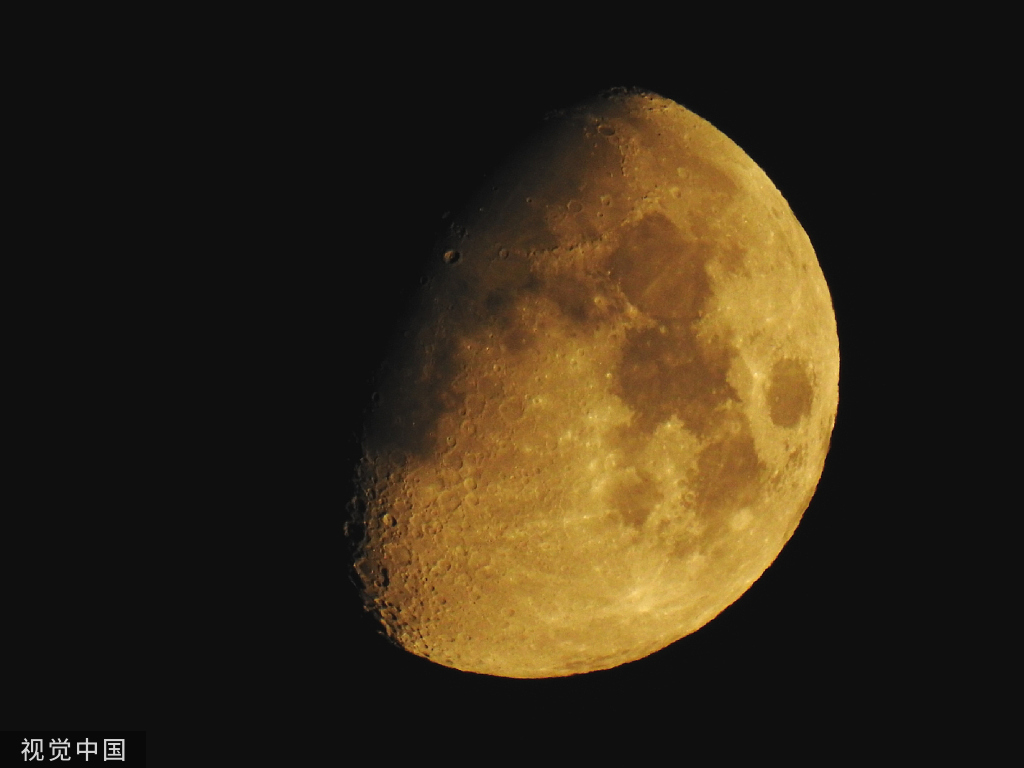Payload submissions solicited for manned moon missions


The China Manned Space Agency has started to solicit science payload proposals for the nation's planned crewed missions to the moon.
In an announcement published on the agency's website on Monday, it said Chinese universities, research organizations and enterprises are welcome to submit their proposals before Aug 15.
Favorable payloads are those involved in research on the moon's geology, physics, observation, deep mining and resource development as well as space life science.
They must be focused on specific scientific tasks and have "outstanding research value", the agency said.
The payloads will need to endure a lunar surface environment including microgravity, vacuum, high radiation, low magnetic field, sharp changes in temperature and omnipresent lunar dust.
The weight ceiling for science payloads to be carried on uncrewed flights, which will be conducted to verify technologies and hardware for manned missions, will be 290 kilograms while the allowed weight for science payloads on manned flights will be no more than 60 kg.
Pang Zhihao, an expert on space exploration technology and a renowned writer on spaceflight, said many domestic institutes and universities have begun to design scientific and technological equipment and experiments they wish to send to the moon.
"Compared with previous robotic expeditions to the moon, manned flights will have bigger carrying capacity and can bring more and bigger devices. So this will be a precious opportunity for institutes and universities."
China is determined to land its astronauts on the moon before 2030 and has planned to established a crewed science outpost in the foreseeable future.
To achieve this goal, the agency has arranged research and development on a new-generation rocket, spaceship and lunar rover.
Earlier this month, Zhang Hailian, deputy chief planner at the China Manned Space Agency, said at a space industry forum in Wuhan, Hubei province China plans to use two Long March 10 carrier rockets to deploy a lunar landing module and a manned spacecraft to lunar orbit.
The two colossal craft will rendezvous and dock with each other in orbit. The crew will enter the landing module, which will then undock and descend toward the lunar surface for an engine-assisted soft landing.
On the moon, the astronauts will drive a rover to carry out scientific tasks and collect samples. Upon completion of their assignments, they will return to the landing module, which will fly them back to lunar orbit and dock with their spacecraft.
In the final stage, the astronauts will carry the samples into their spacecraft, which will then undock and carry the crew back to Earth.
- Key schools to launch low-altitude economy major
- Mainland scholar discloses fallacies in Lai's separatist narrative on 'unity'
- University's expulsion of female student ignites online debate
- 4,000 hiking enthusiasts hit rugged trails in Chongqing
- Creative fireworks show held in China's 'fireworks capital'
- Chinese scientists achieve net-negative greenhouse gas emissions via electrified catalysis





































